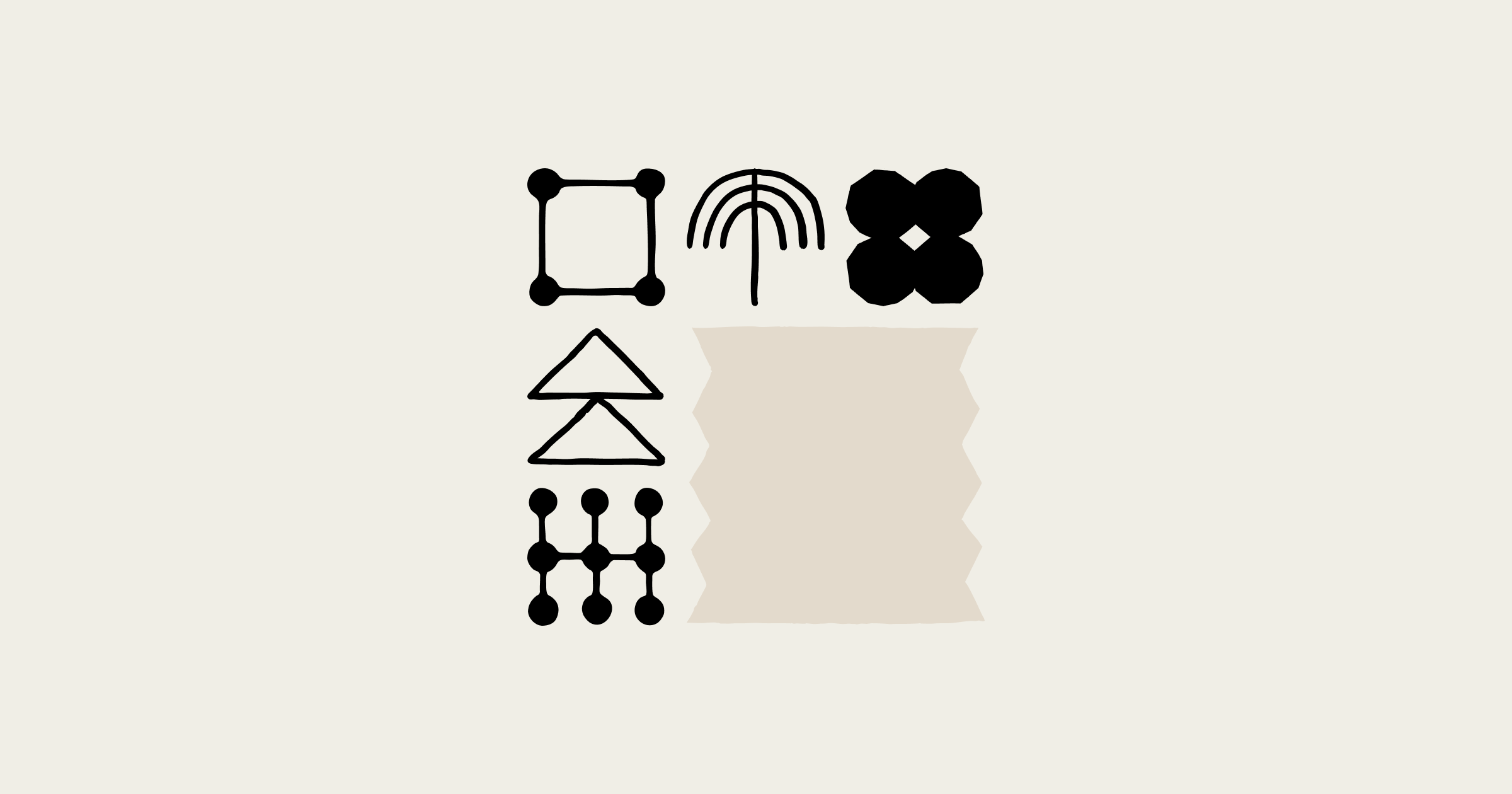Learn how to use Claude Code effectively without getting lost. Complete guide with proven prompts, TDD methodology, and step-by-step workflow for complex projects. Avoid AI context drift
Claude Code represents a revolution in development assistance. Unlike traditional assistants, this agentic tool can read, modify, execute, and even commit code autonomously. It analyzes existing architecture and proposes coherent modifications across the entire system, becoming a true development partner for complex projects.
Why Claude Code Fails Without Method
The main mistake is using Claude Code without knowing what you're trying to accomplish. This intuitive approach leads to considerable time waste because artificial intelligence suffers from fundamental biases that push it toward vague and generic solutions.
On complex projects developed by multiple teams, Claude Code easily generates inconsistent proposals that ignore established conventions. The tool can quickly lose track of context and go "off the rails," generating technically correct code that's unsuitable for real needs.
The solution rests on a simple truth: Claude Code excels with precise direction and fails at improvisation. You absolutely must work in small iterations to avoid contextual drift. Saying "add feature X" without additional context can only generate disappointing results, even with a more detailed prompt.
The winning strategy consists of systematically breaking down problems into manageable atomic units. Each step must have a clear objective and limited scope. For example, "optimize the active users retrieval query to reduce response time by 200ms" provides a precise framework that guides Claude toward a relevant solution.
The Specification Phase: Transforming Claude into a Consultant
Like any developer, Claude Code needs to understand precisely what must be accomplished. The solution lies in collaborative specification writing where Claude excels and becomes a true thinking partner.
The secret lies in a simple but powerful instruction: "Ask me questions until everything is clear before starting the writing." This directive transforms Claude into a technical consultant who challenges your ideas and reveals blind spots in your design.
The major advantage of this collaboration? Claude spontaneously raises questions you hadn't considered, anticipating peripheral use cases or technical constraints that could have become critical in production.
Claude Code's Plan Mode offers an optimized display for this phase, facilitating the creation of structured documents and hierarchical summaries. This interface significantly improves the specification experience.
Cardinal Rule: Zero Code in Specifications
The specification must exclusively describe the expected functionality without ever anticipating implementation choices. This constraint forces high-level thinking that avoids premature technological biases and allows Claude to propose optimal solutions.
Here's the reference prompt for this critical phase:
Your objective is to produce a complete specification
You will ask me for explanations about the specification to be created by asking questions, I will answer so you have the information.
Then, you will ask the questions necessary for your understanding before starting. Don't begin the task until it's clear.
Then, you can start writing.
Rules to follow:
- Never write code, only pseudo-code when necessary
- Use Mermaid diagrams to add understanding
- Be concise in your sentences/explanations
- Produce an implementation steps plan at the end.
Once the specification is done, save it in a Markdown file
If you loop or get lost, ask me a question so I can guide you.Never forget to request file saving to preserve this precious documentation.
Transformation into TDD Action Plan
The next step converts the specification into a structured implementation plan. The TDD-inspired approach imposes crucial discipline: one atomic functionality, one validation test, progression only after success. This methodology effectively prevents contextual drift.
The prompt automatically activates this understanding in Claude:
Your objective is to produce an implementation specification following the TDD methodology from the following specification:
$ARGUMENTS
Rules to follow:
- Use Should_When naming for tests (following this nomenclature: ShouldXXX_WhenXXX)
- Produce a test for one implementation case. The test must contain only the information necessary to produce the case.
Once the specification is done, save it in a Markdown fileThis breakdown immediately reveals its strategic benefits. By cutting everything into atomic units, you drastically limit the context needed for each task, reduce token consumption, and eliminate the major risk: Claude going off the rails into total unpredictability.
Each step of the plan can then be executed individually with a dedicated prompt, transforming complex implementation into a sequence of controlled actions.
Controlled Execution: One Objective, One Result
Implementation becomes a sequence of directed actions where each Claude intervention remains strictly framed. The execution prompt maintains laser focus on the immediate objective:
Your objective is to implement the test functionality.
$ARGUMENTS
Rules to follow:
- Even if you have a bug, NEVER write other tests or test files. Ask me questions instead.
- Never write code comments, EVER
The task is only finished once the test passes green.
If you loop or get lost, ask me a question so I can guide you.
Before starting, ask the questions necessary for your understanding. Don't begin the task until it's clear.This structure prevents Claude from overflowing the defined scope. The prohibition on writing other tests maintains focus on the unique objective, while explicit encouragement to ask questions prevents blockages and misinterpretations.
Cleanup Cycle and Validation
The ritual between each step proves crucial for maintaining efficiency. The clear command purges accumulated context, preventing Claude from getting lost in previous conversation history while optimizing token consumption.
Systematic commits before each progression create exceptional granular traceability. Each commit corresponds to an atomic functionality that's tested and validated, generating perfectly readable development history. This discipline allows you to precisely identify the origin of any problem and instantly return to a stable state.
This methodological approach generates remarkably reproducible results. By eliminating variability factors that usually compromise interactions with AI tools, you achieve your objectives on the first try in the vast majority of cases.
The most valuable side effect lies in improving your thinking process. Collaborative specification with Claude reveals questions you hadn't anticipated, enriching your understanding of the problem and your architectural analysis capabilities. This methodology transforms Claude Code from an unpredictable code generator into a truly reliable development partner.
To go further:

Have a goat day 🐐



Join the conversation.